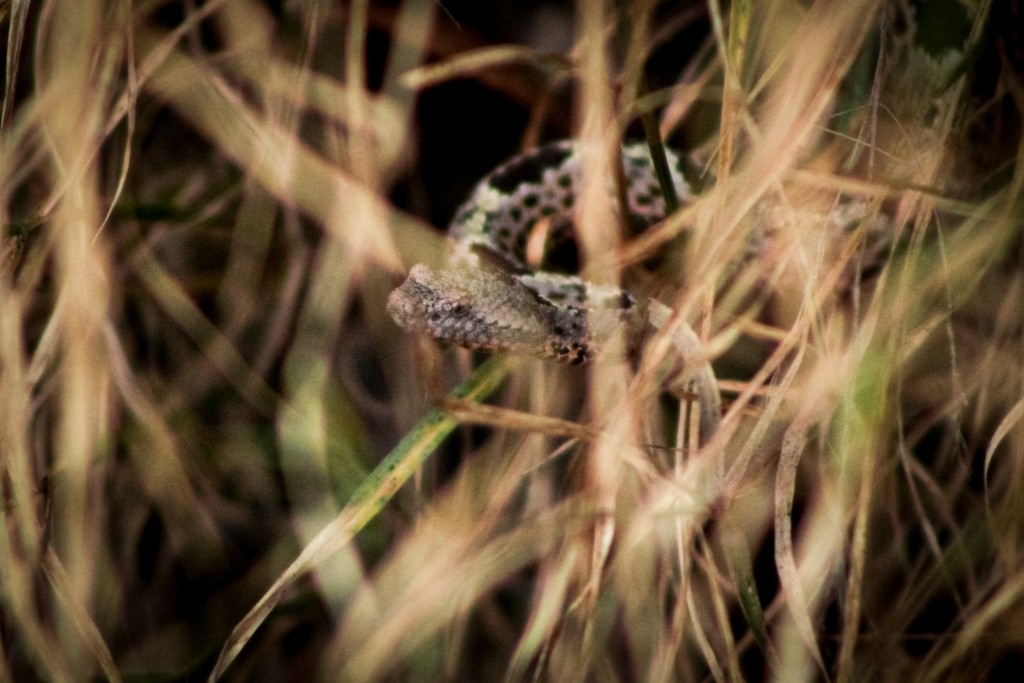Banded rock rattlesnake
A species of Rattlesnakes, Also known as Green rock rattlesnake, Rock rattlesnake Scientific name : Crotalus lepidus klauberi Genus : Rattlesnakes
Banded rock rattlesnake, A species of Rattlesnakes
Also known as:
Green rock rattlesnake, Rock rattlesnake
Scientific name: Crotalus lepidus klauberi
Genus: Rattlesnakes
Content
Description General Info
 Photo By ramonbustos , used under CC-BY-NC-4.0 /Cropped and compressed from original
Photo By ramonbustos , used under CC-BY-NC-4.0 /Cropped and compressed from original Description
Categorized as a highly venomous snake, banded rock rattlesnake stands out due to its remarkable adaptability to arid climates. This hardiness contributes significantly to its extensive geographic distribution. Notably, this species exhibits a unique defensive behavior known as 'tail vibration', a strategy executed when threatened. Its dietary specialization on mammals shapes local prey populations, playing an influential role in the balance of its ecosystem.
General Info
Lifespan
15-20 years
Diet
Banded rock rattlesnake is primarily a carnivorous species, exhibiting a dietary predilection for small mammals like rodents. Moreover, it often incorporates lizards, birds, and occasionally, insects in its varied dietary regimen.
Appearance
Banded rock rattlesnake is a medium-sized snake with smooth scales. It is mainly grey but displays a distinctive pattern of dark bands across its back. The snake's slender tail ends in a rattling mechanism, producing intimidating sounds when threatened. The size and coloration of these snakes may slightly differ based on their age and the particular region they inhabit.
Behavior
Banded rock rattlesnake is a solitary, primarily nocturnal snake, known for its defensive and elusive behavior. It possesses unique vibratory warning signals and evasive camouflage strategies, well-adapted to its rocky desert habitat. Not particularly territorial, it tends to avoid conflicts and conserves its venom primarily for hunting small mammals and birds.
Scientific Classification
Phylum
Chordates Class
Reptiles Order
Lizards and snakes Family
Vipers Genus
Rattlesnakes Species
Banded rock rattlesnake